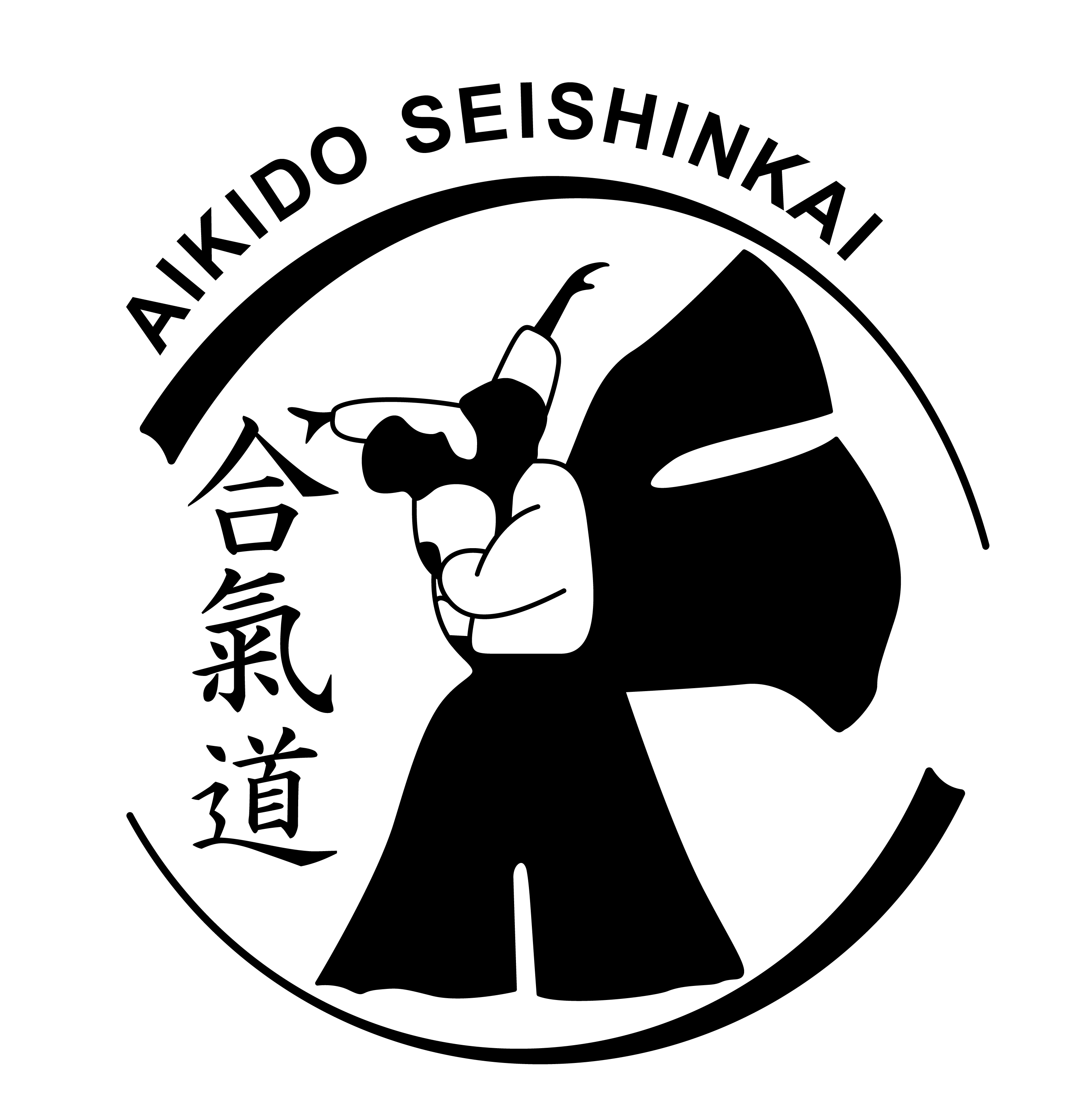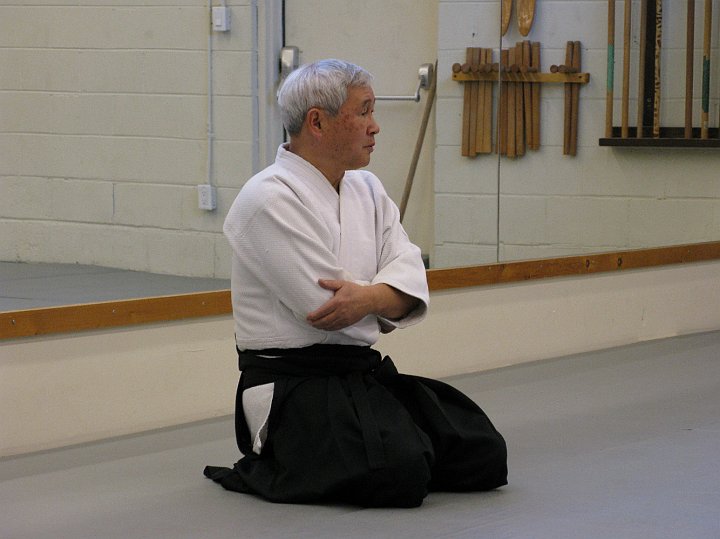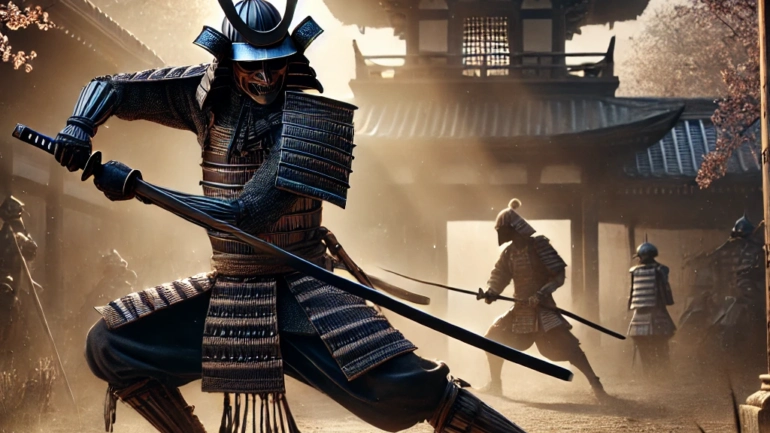Yesterday Obata Sensei taught the class before our Kagami Biraki (New Year Opening). I would like to
explain his introductory remarks.
Originally there were “jutsu”, i.e., techniques or arts used by hunters in prehistoric times. Then there was
“Bujutsu”, military methods of fighting used by soldiers in combat, particularly during the 15 th and 16 th
centuries in Japan when there was almost constant civil war. As various samurai clans fought for power,
battlefield techniques had to be effective. The long period of peace that followed during the 17 th and 18 th
centuries saw the development of “Bushido”, a code of behaviour for warriors with little fighting to do.
This “Way of the Warrior”, derived from Confucian, Daoist, Shintoist and Zen philosophy. It provided
an ideal towards which a samurai could strive.
In 1876, after the opening of Japan and the end of its near seclusion for some 250 years, the samurai class
was abolished as the nation made a rapid transformation into an industrial power. While there was no
longer any need for the sword-fighting skills of the samurai, many people felt that values of self-
discipline and self-sacrifice that were inherent in Bushido still had a role to play in the modern world.
Visionaries such as Kano Sensei (Judo), Funakoshi Sensei (Karatedo) and Ueshiba Sensei (Aikido) took
traditional fighting forms and imbued them with ethical goals, thus giving birth to “Budo” (“martial arts”
or “martial ways”).
Budo is a way not of finding opponents’ weaknesses in order to defeat them, but to discover one’s own
psychological and moral weaknesses.
This is the heritage that we can study, appreciate and try to apply in our daily lives.
A good source of information about this topic is Three Budo Masters by John Stevens.
Also worth looking at are Donn Draeger’s Classical Bujutsu and Classical Budo.
Excellent but more academic studies are The Armed Martial Arts of Japan by G. Cameron Hurst and
Legacy of the Sword by Karl Friday.
During class Obata Sensei referred to the method of Aikido practice. It can be summarized as:
Kamae (opening posture)
Taisabaki (blending through body movement)
Kuzushi (unbalancing)
Waza (technique)
Zanshin (uninterrupted focus)
This process includes:
Ki o dasu (energy extension)
Ki o nagasu (energy flow)
Ki o awasu (energy blending)



